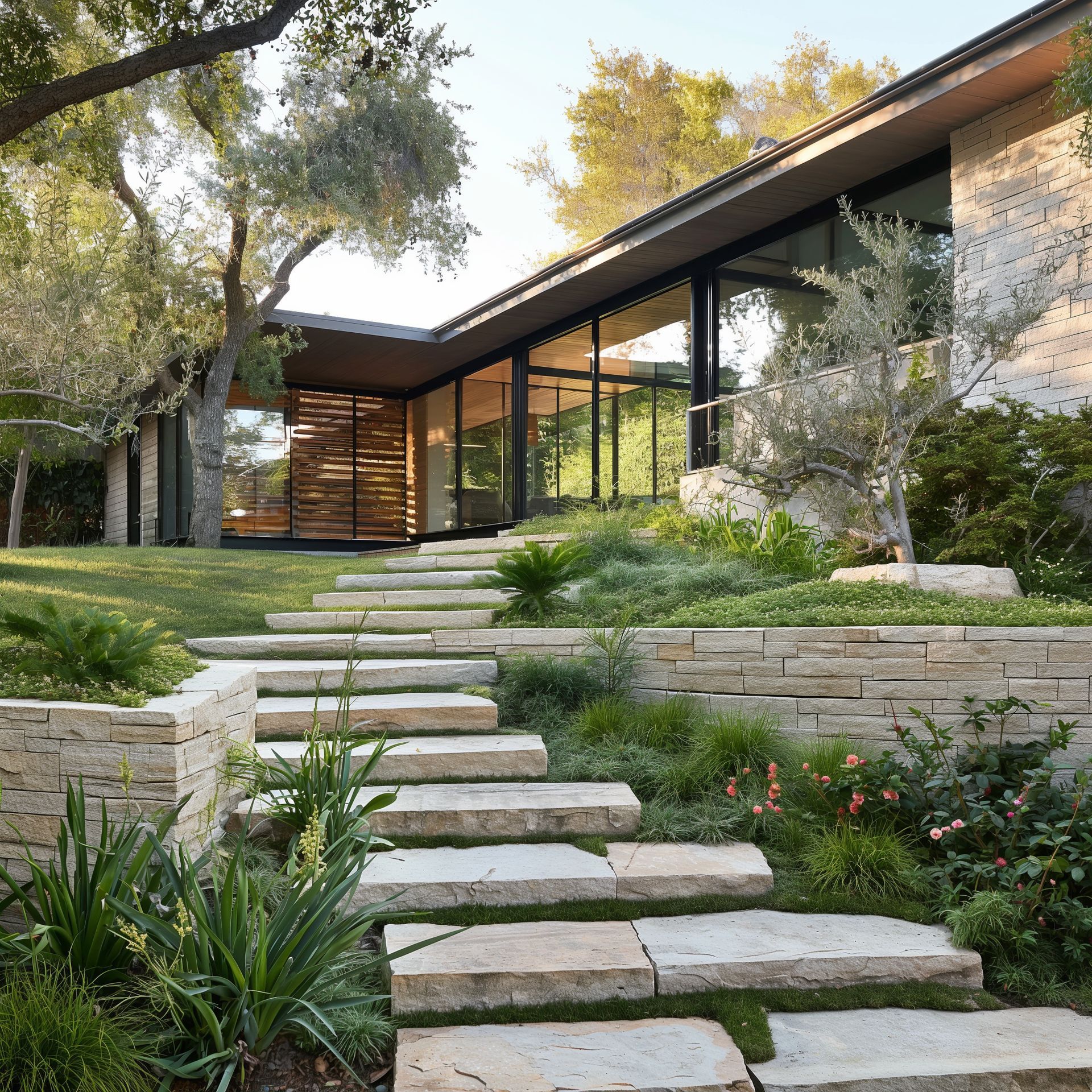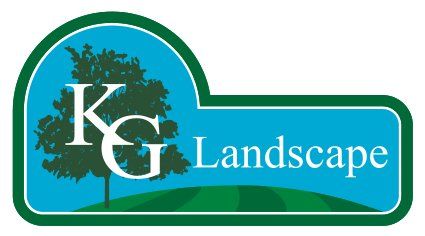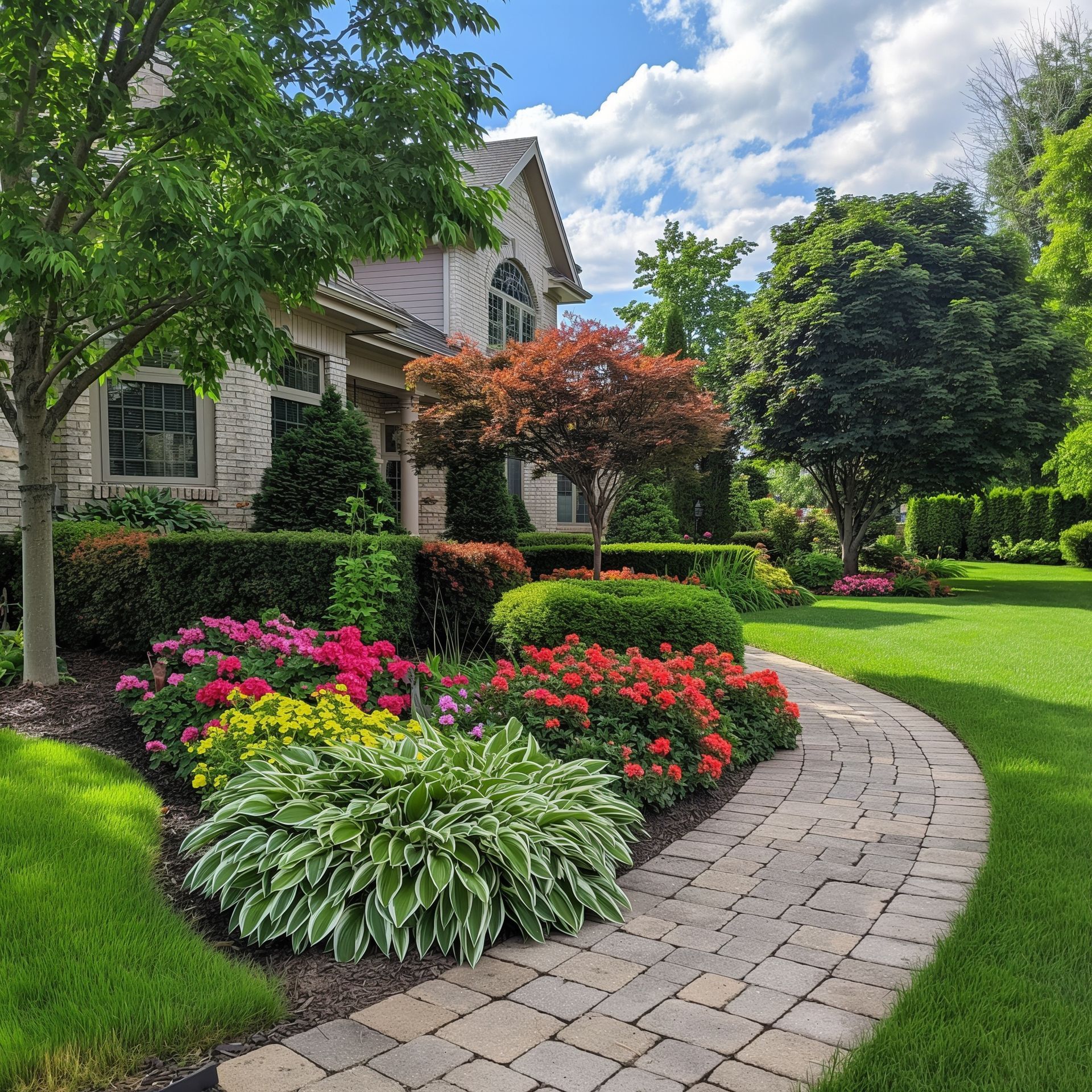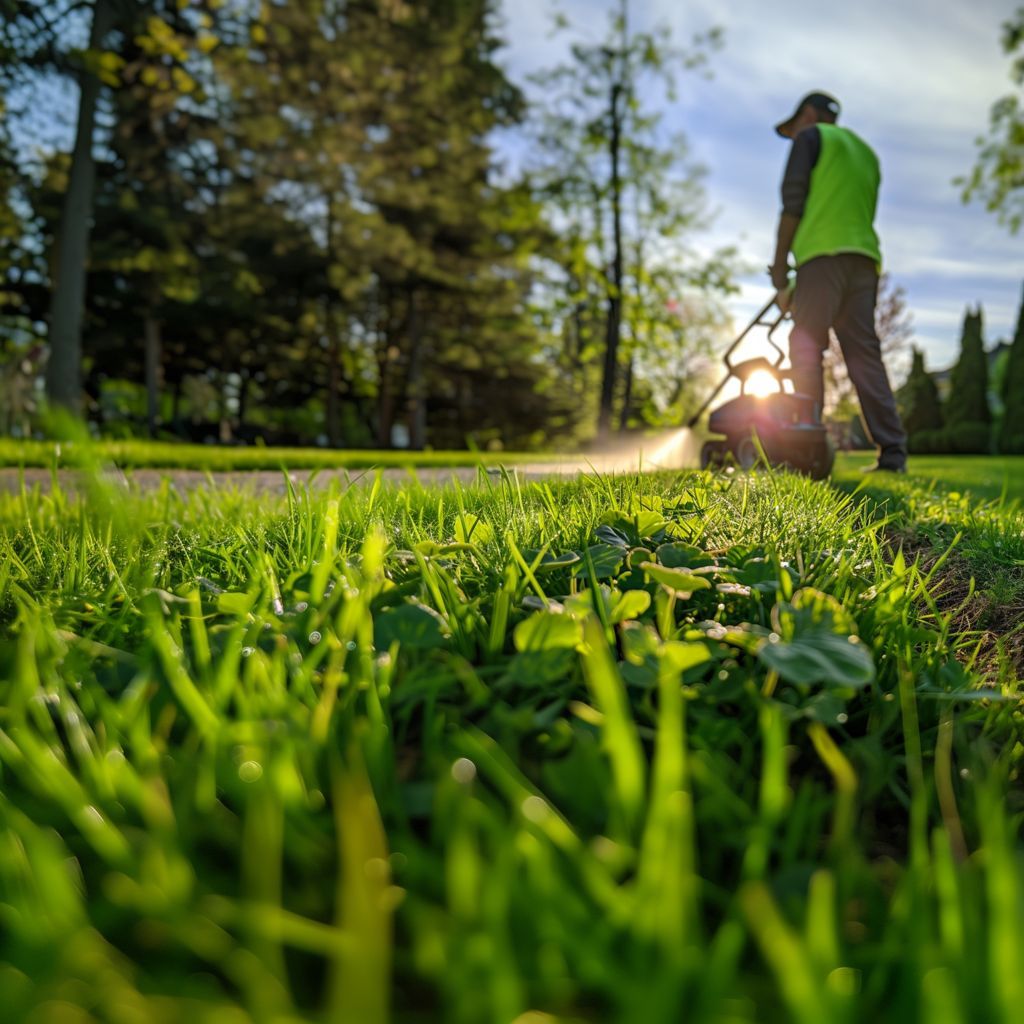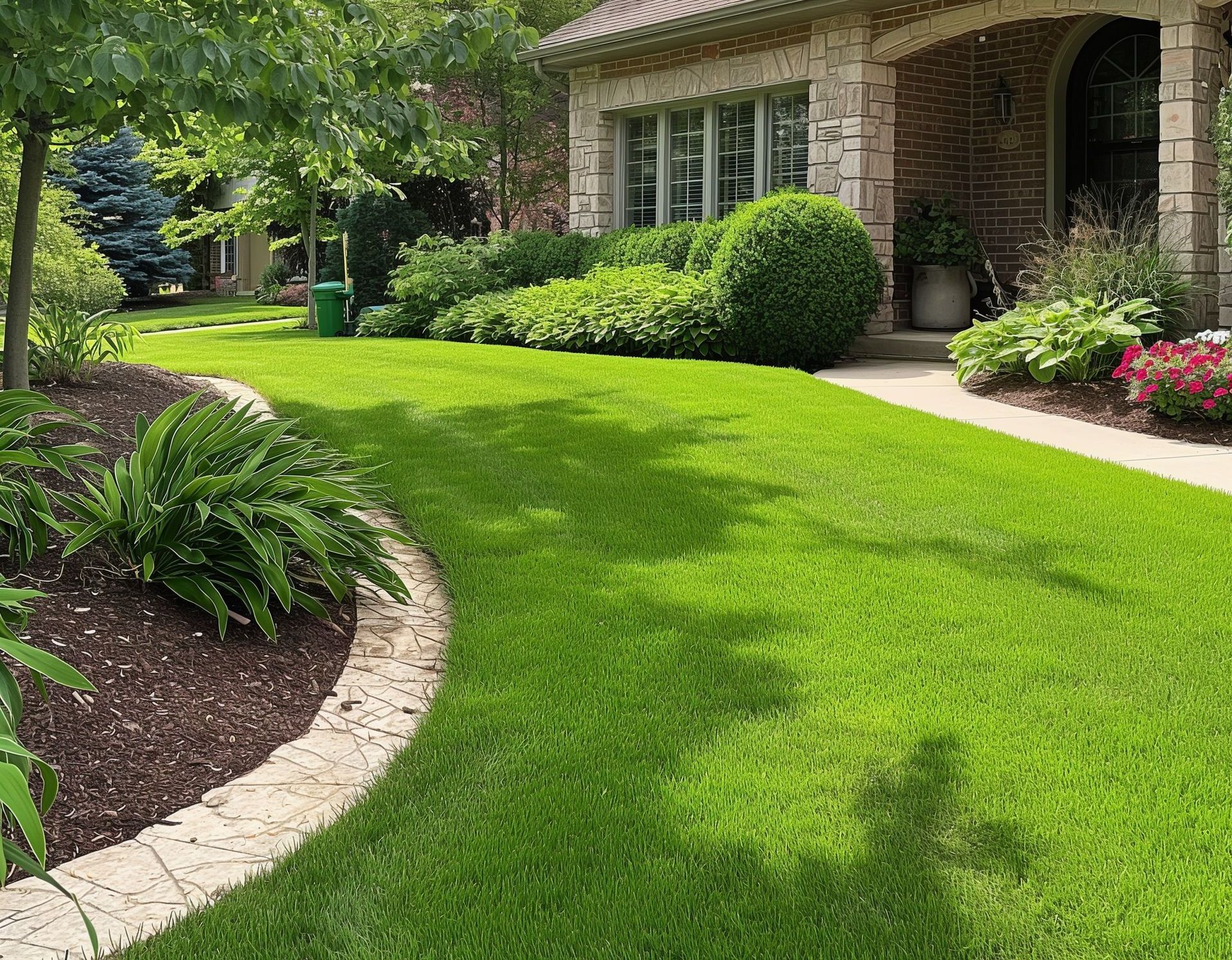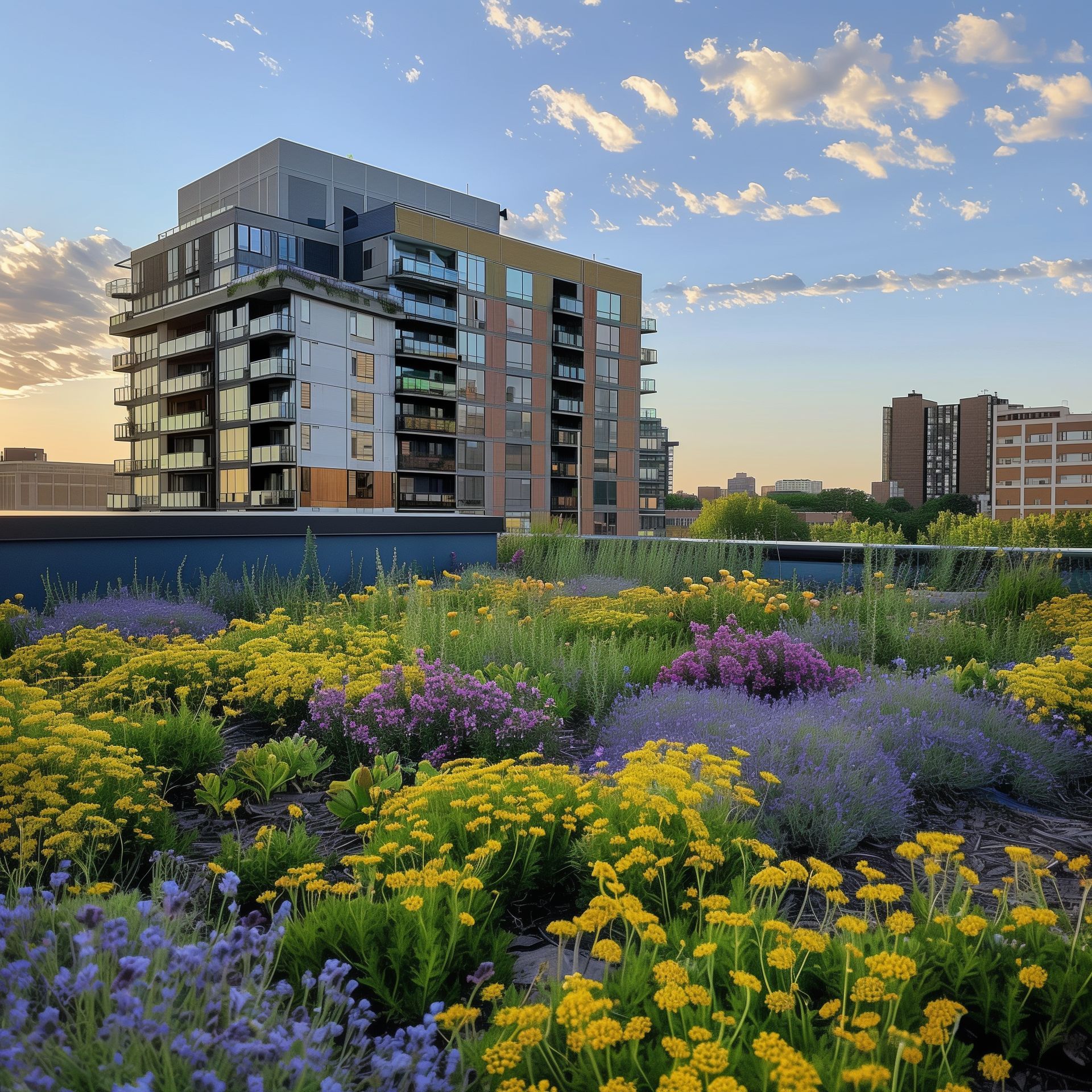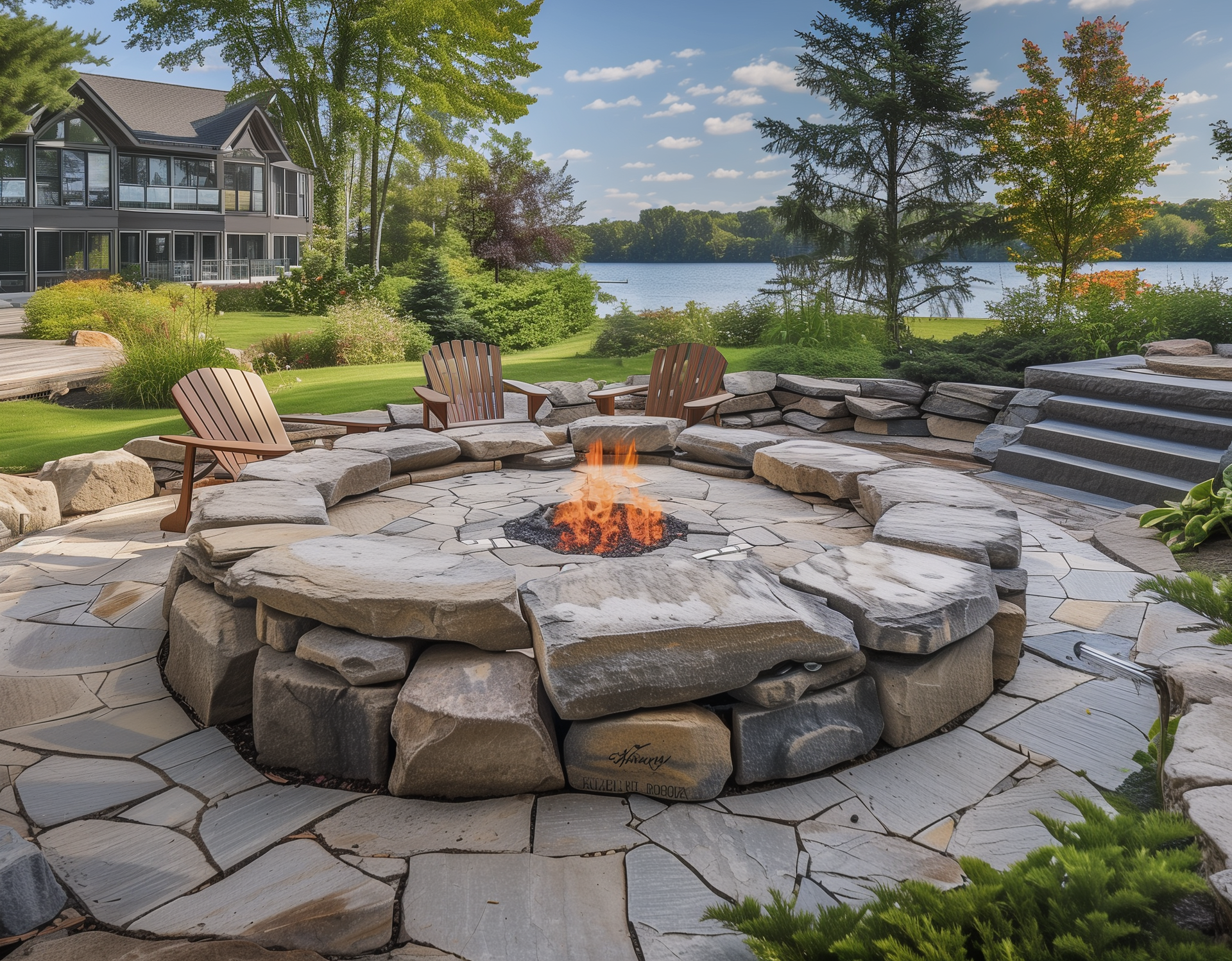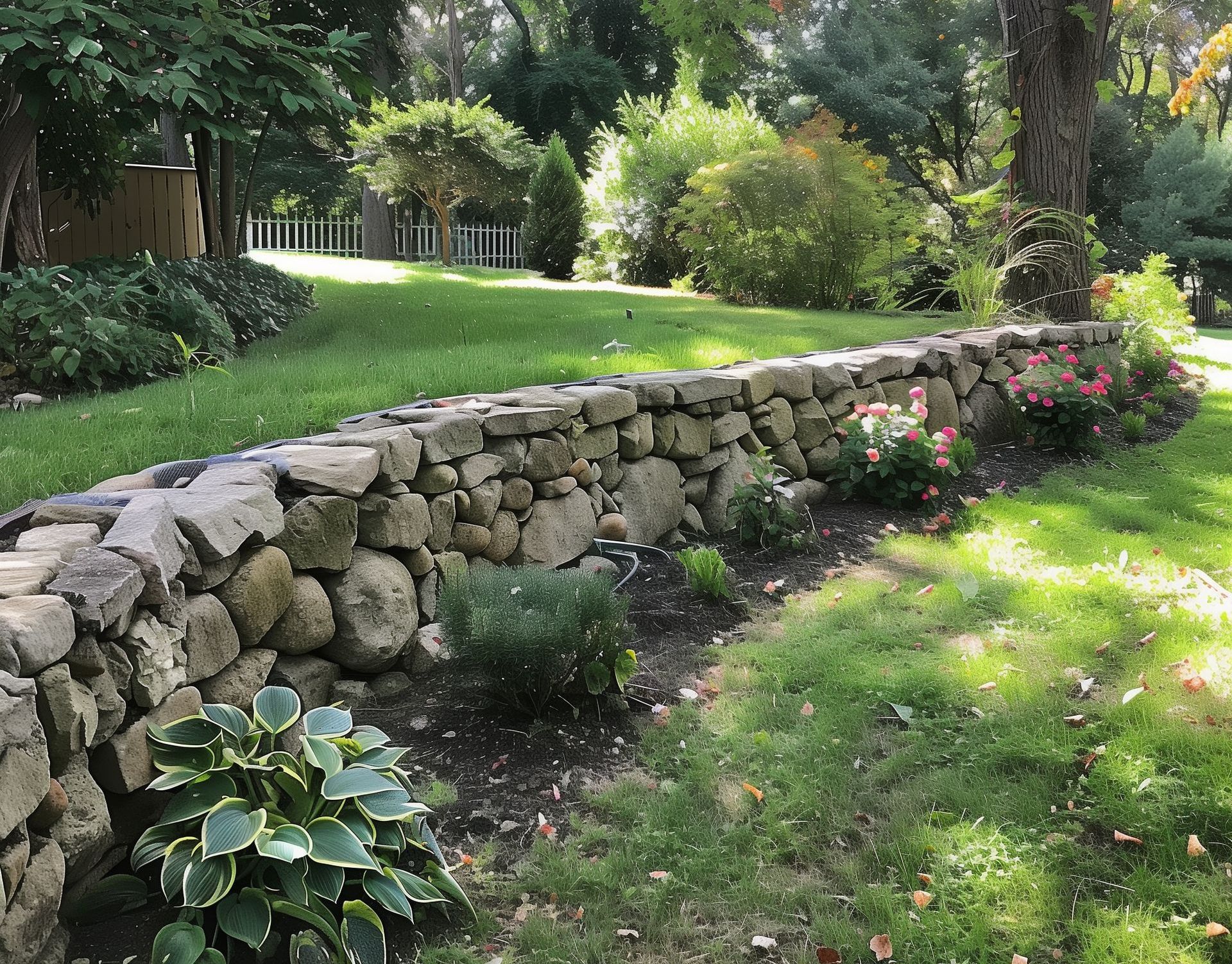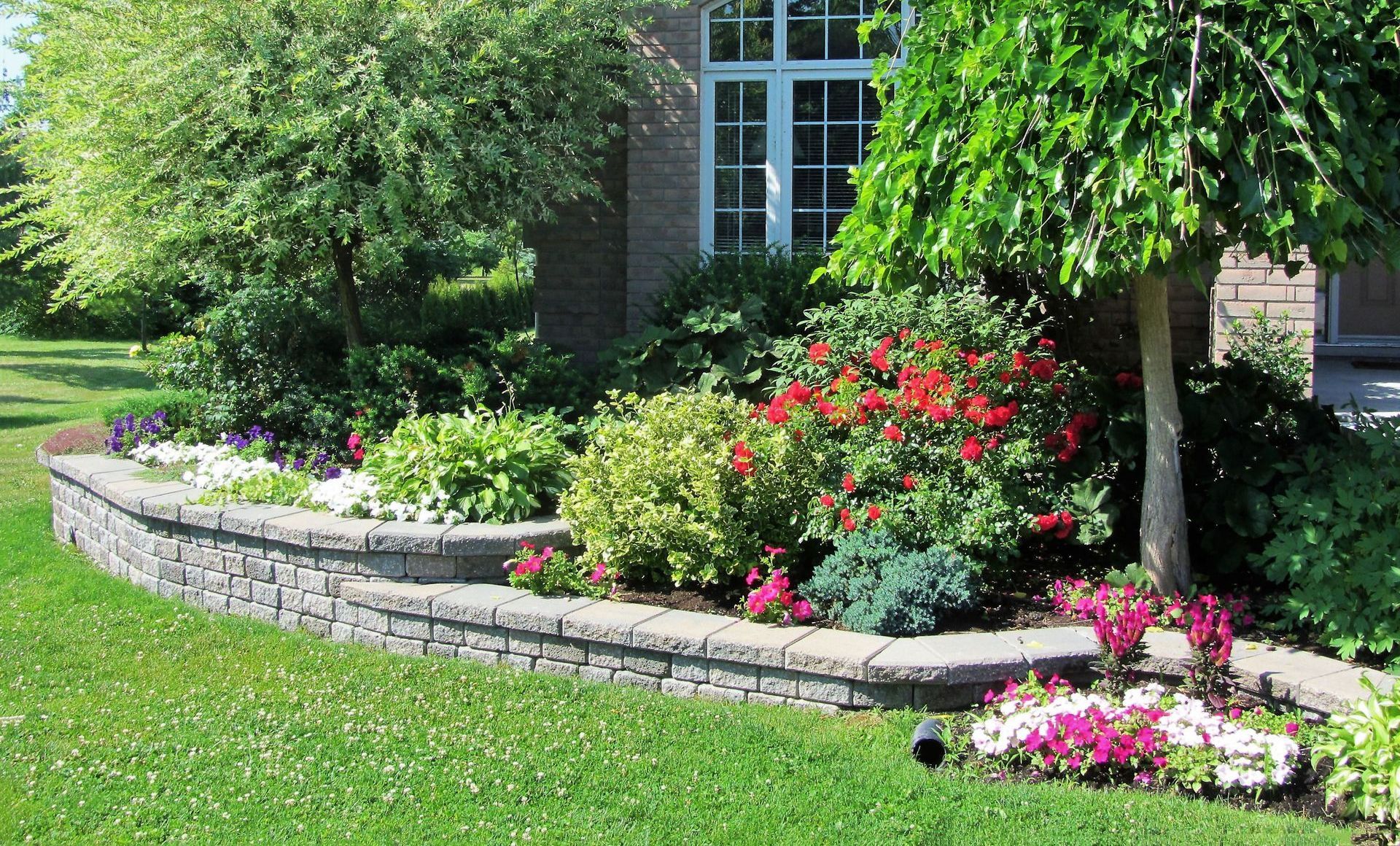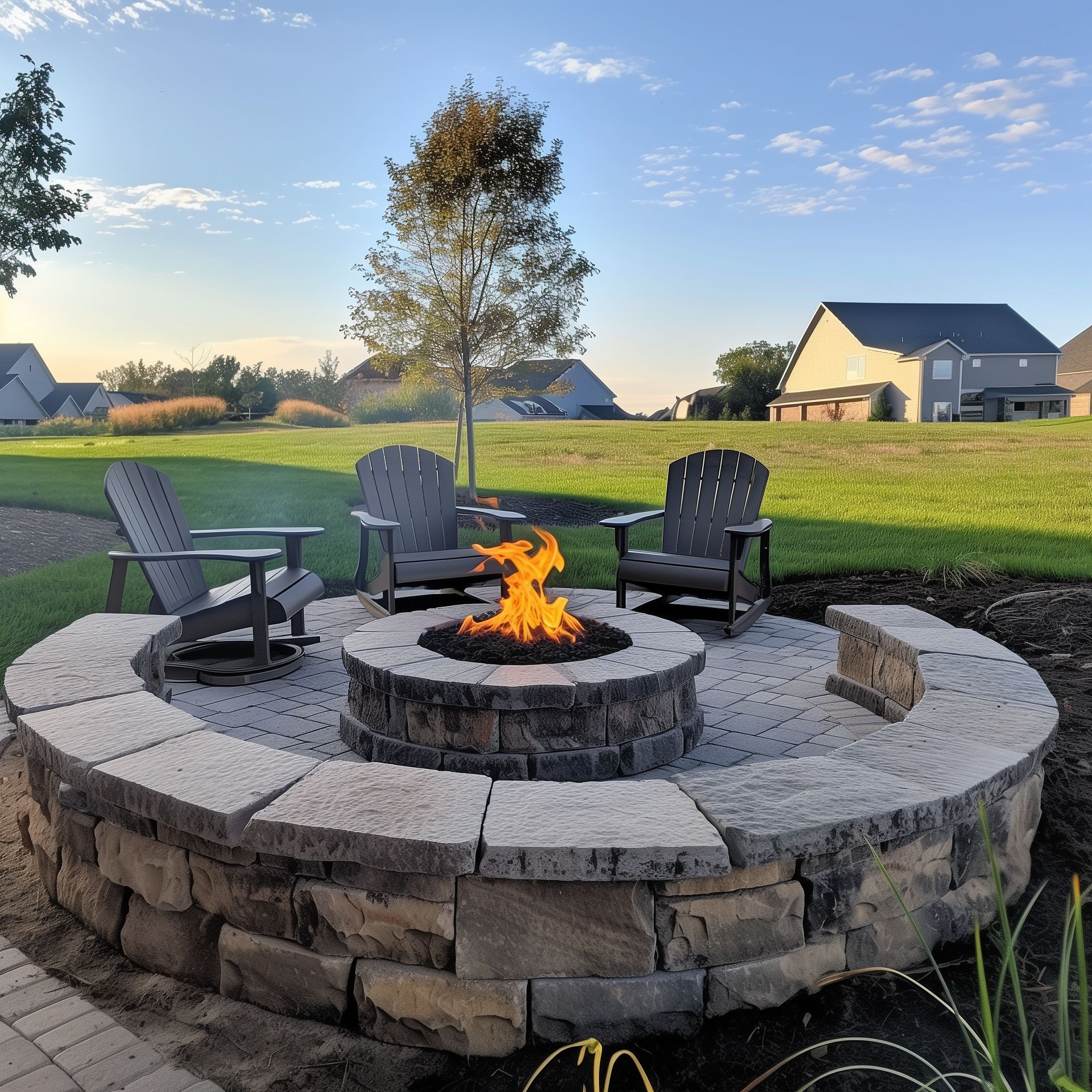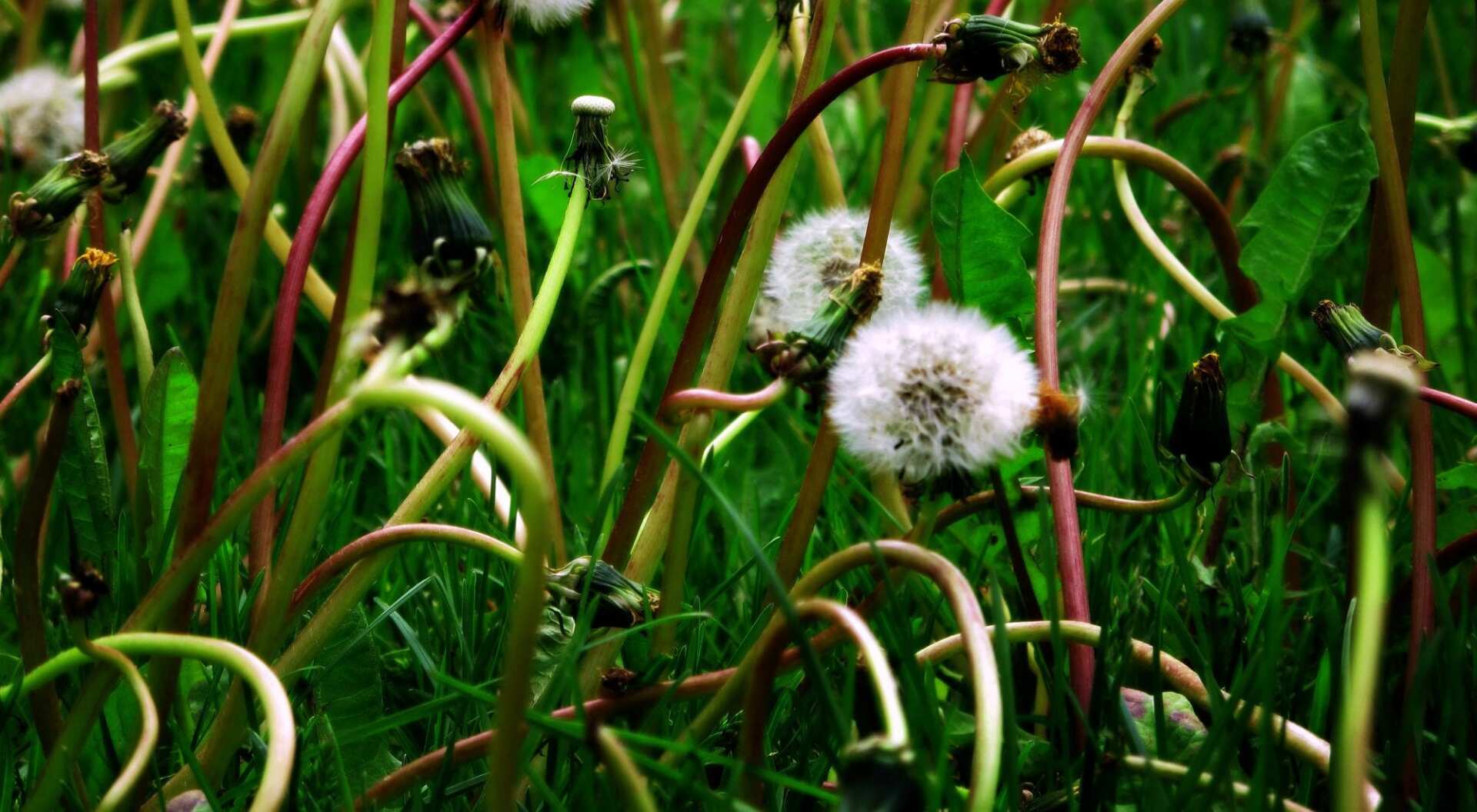
For most homeowners, the health and beauty of a lawn add valuable curb appeal to a home. Maintaining a lush, green yard is no easy feat. Pesky weeds can creep in and cause unwanted issues in your lawn. Removing these weeds can be a backbreaking experience when not done professionally, so recognizing the types of weeds native to Minnesota is imperative in squashing a weed problem before it has even started.
Why is Weed Removal and Management Necessary?
Weed removal and management services are vital to the continued health and beauty of your lawn. Weeds can be harmful to lawns for a variety of reasons.
When planting a garden, you don’t want to overcrowd seeds. When plants begin to grow, the shade from their leaves or flowers will block out light for other plants. The same goes for weeds, which often flower as well. These nasty lawn pests will block out the light for the grass and gardens on your perfectly manicured lawn, stunting growth.
Lawn weeds, just like any other plant species, have root systems. Those roots take up much-needed space from the beautiful grass species that you actually want growing in your yard. Some weeds even have roots that send out a toxin to stop other plants from growing within a certain radius. If this is not taken care of, your lawn will be brown and wilting in no time.
Finally, more roots in the ground from weeds means fewer nutrients and less water available to be taken up by your desired grass species. Weed removal is important so that your lawn can keep getting the proper nutrients and grow thick and healthy throughout the season.
Native Minnesota Weeds
Minnesota is not immune to those pesky weeds either. Understanding the most common species of weeds in Minnesota and how to identify them is the first step in taking back control of your lawn. Once you and a lawn care professional have assessed the situation at your home, proper steps can be taken to manage and eliminate those weeds.
Annual Grass Weeds
Annual grass weeds are the types of weeds most commonly seen in residential gardens and lawns, or around the dock at a cabin. These types of weeds are grass-like and will resemble most other types of grass. Because these types of weeds can look so similar to “good” grass, it’s important to recognize the distinctive characteristics of each one so that you can distinguish weeds from actual grass on your lawn.
Common Features of Annual Grass Weeds
To determine whether or not your lawn has been affected by a common annual grass weed, take a closer look at some of the identifying features found among most annual grass weed species in Minnesota.
These types of weeds will usually have long, narrow leaves that encircle the stem at the base of the blade. The leaves grow in alternating patterns and have long veins running parallel throughout them. They can often be either smooth or hairy on the top and bottom of the leaf blade. The stems of annual grass weeds are often round or flattened.
The inflorescence of a plant is the scientific term for a group or cluster of flowers or spikelets arranged on a stem. In most annual grass weeds, the inflorescence takes a wheat-like form and is often comprised of bristly “spikelets.”
Different types of annual grass weeds can take over a lawn in no time, so it’s crucial to be able to identify these plants before they get out of control. Though they all share similar features, each species has it’s own unique, identifying characteristics to take note of.
Identifying Characteristics of Annual Grass Weeds by Species
| Annual Grass Weed Species | Identifying Characteristics |
| Barnyardgrass ( Echinochloa crus-galli ) |
|
| Large Crabgrass ( Digitaria sanguinalis ) |
|
| Green Foxtail ( Setaria viridis ) |
|
| Giant Foxtail ( Setaria faberi ) |
|
| Yellow Foxtail ( Setaria pumila ) |
|
| Wild Oat ( Avena fatua ) |
|
| Fall Panicum ( Panicum dichotomiflorum Michx. ) |
|
| Wild Proso Millet ( Panicum miliaceum L. ) |
|
Annual Broadleaf Weeds
Annual broadleaf weeds are another family of weeds that can be found throughout Minnesota both in the wild and in residential areas. Though less common than annual grass weeds, they still can pose a significant threat to the health of your lawn if they do happen to pop up. These weeds can grow fast and tall, soaking up valuable nutrients and sunlight from your lawn.
Common Features of Broadleaf Weeds
The name broadleaf itself gives away one major characteristic of each weed species. Unlike annual grass weeds, the leaves of broadleaf weeds are, well, broad.
Broadleaf weed leaves also have net-like venation, which means they have “veins” that spread out across the entire surface of the leaf. The shape of these leaves varies from species to species. They can either be hairy or smooth and can grow in a vine-like, twining fashion, or straight up into the air.
The characteristics of broadleaf weeds can vary greatly from species to species, so breaking down the key defining features of each type is important in determining the best course of action for weed management in your lawn.
Identifying Characteristics of Annual Broadleaf Weeds by Species
| Annual Broadleaf Weed Species | Identifying Characteristics |
| Palmer Amaranth ( Amaranthus palmeri ) |
|
| Wild Buckwheat |
|
| Buffalo bur ( Solanum rostratum ) |
|
| Common Cocklebur ( Xanthium strumarium ) |
|
| Kochia ( Bassia scoparia ) |
|
| Common Lambsquarter ( Chenopodium album ) |
|
| Marshelder ( Iva annua ) |
|
| Wild Mustard ( Sinapsis arvensis ) |
|
| Black Nightshade ( Solanum nigrum ) |
|
| Common Ragweed ( Ambrosia artemisiifolia ) |
|
| Giant Ragweed ( Ambrosia trifida ) |
|
| Pennsylvania Smartweed ( Polygonum pensylvanicum ) |
|
| Wild Sunflower ( Helianthus annuus ) |
|
| Russian Thistle ( Salsola ) |
|
| Velvetleaf ( Abutilon theophrasti ) |
|
 Perennial Weeds
Perennial Weeds
Perennial weeds are some of the more prevalent and persistent weed species out there. Perennial means that these weeds keep coming back, year after year. Managing these types of weeds involves regular, professional weed control and weed killer application.
Perennial weeds do not necessarily share common characteristics. They can have varying leaf shapes and sizes. Some species may bear fruit or seeds while others flower. Some species, such as Jerusalem Artichoke, can grow incredibly tall and straight. Others, like Field Bindweed, can grow in a twisting, vine-like manner.
Rampantly growing weeds can take up root space, water, and other necessary nutrients from your lawn, so recognizing perennial weeds right away and eliminating them is vital to keeping your lawn looking fresh and healthy.
Identifying Characteristics of Perennial Grass Weeds by Species
| Perennial Weed Species | Identifying Characteristics |
| Jerusalem Artichoke ( Helianthus tuberosus L. ) |
|
| Field Bindweed ( Convolvulus arvensis L. ) |
|
| Hedge Bindweed ( Calystegia sepium (L.) R.Br. ) |
|
| Yellow Nutsedge ( Cyperus esculentus L. ) |
|
| Quackgrass ( Elymus repens ) |
|
| Perennial Sowthistle ( Sonchus arvensis L. ) |
|
| Canada Thistle ( Cirsium arvensis ) |
|
Managing Lawn Weeds in Minnesota
If your lawn is being invaded by any of these weed species native to Minnesota, don’t fret! There are many professional weed removal applications that can be utilized to get control of your lawn back. Applying a pre-emergent crabgrass solution in the spring, with regular summer and fall weed killer application is a quick, easy, and common fix.
It’s important to hire a professional to take command of these weed killer applications. Store-bought weed killers may not have the strength or proper chemical components to solve your weed problem. It’s best to leave the application of dangerous lawn chemicals to professionals to ensure that the weeds are properly eliminated and your lawn can continue to flourish for years to come.
The post What Weeds are Killing Your Minnesota Lawn? appeared first on KG Landscape Management.
Ready to Start on Your Next Project?
Call us at (763) 568-7251 or visit our quick quote page.
